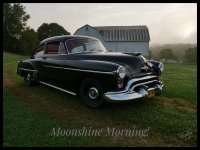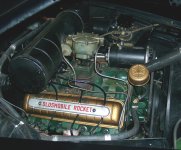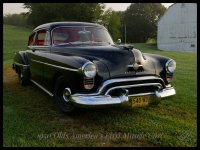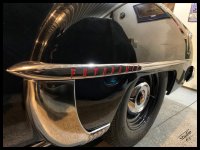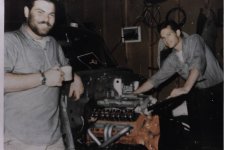jackie schmidt
New member
I have noticed this over my years that a LOT of us Shooters were/Are Motor Heads as well. I have owned a Bunch of Muscle Cars from "The ERA" butt what we had then are not anywhere close to the Autos that are come from the Big 3 2day--can U imagine a 800 + HP Plymouth,Ford or Cheby in the 60's with the technology we had then as far as brakes tires transmissions and the Options compared to today- Ps,Pb,Pw,X-M Radio, Traction control,Line loc and Air conditioning
I LUV the 60- early 70 Muscle car era in today's world they are Model "T's" compared to todays MUSCLE
Jim
That’s why many of us old hot rodders, who love the look of the old cars, have replaced many of the vintage parts to take advantage of modern technology.
In my Malibu, even though the engine it is still, (basically), a Big Block Chevy, it has a thoroughly modern Hydraulic Roller Cam and the latest multi port fuel injection. The heads are full CNC machined and outflow anything from the ‘60’s while maintains port flow velocity. The brakes are disc all the way around with a HydraBoost power assist. The transmission is a full electronic 6 speed automatic with overdrive and lock up converter.
The suspension is all of the latest parts, increasing drivability and handling.
If you have read some of the other posts in this thread, you see where I am contemplating taking out the 540 and installing one of the new 755 HP LT-5 GM engines. That is on hold for now due to the Corona Virus outbreak. This might give me time to come to my senses
I have done so much to my car that it just looks like a ‘67 Chevelle Malibu.
http://benchrest.com/attachment.php?attachmentid=23431&stc=1&d=1585347459
Attachments
Last edited:



